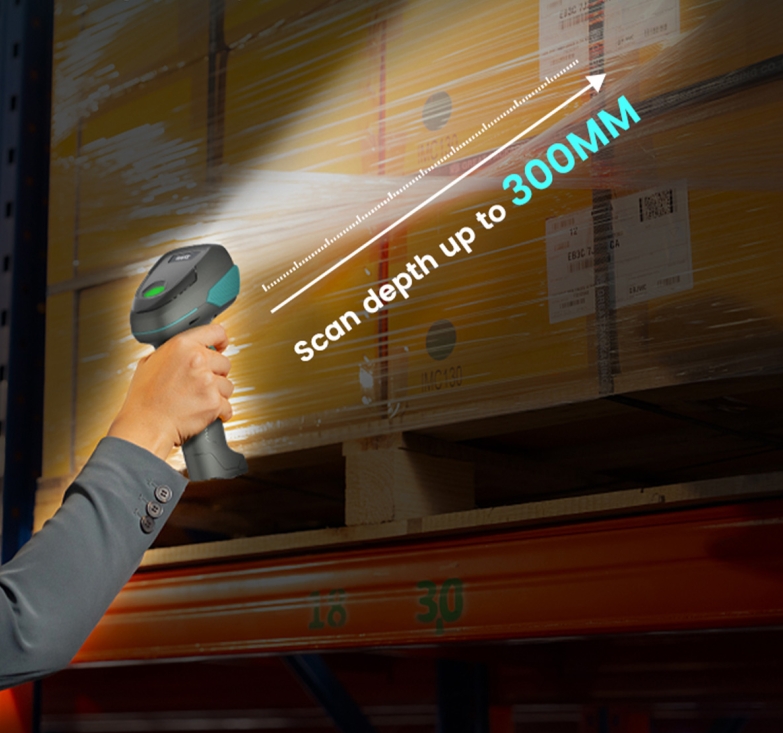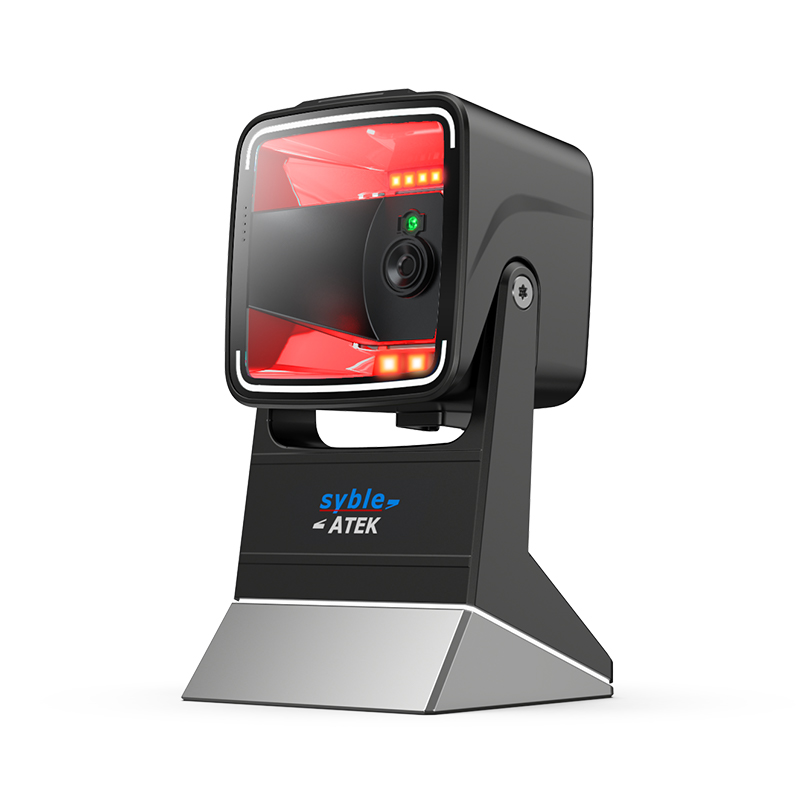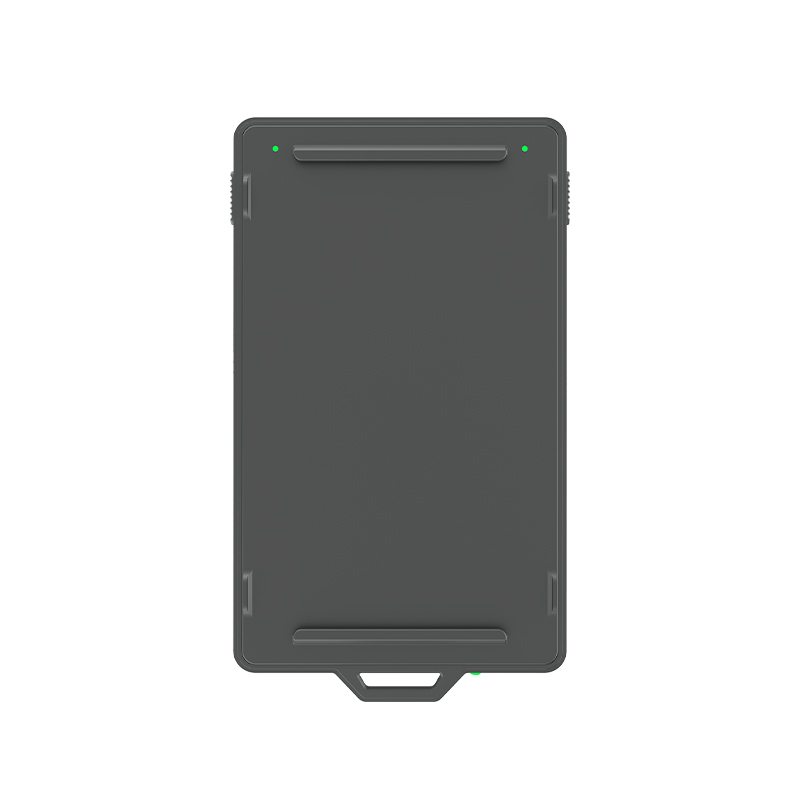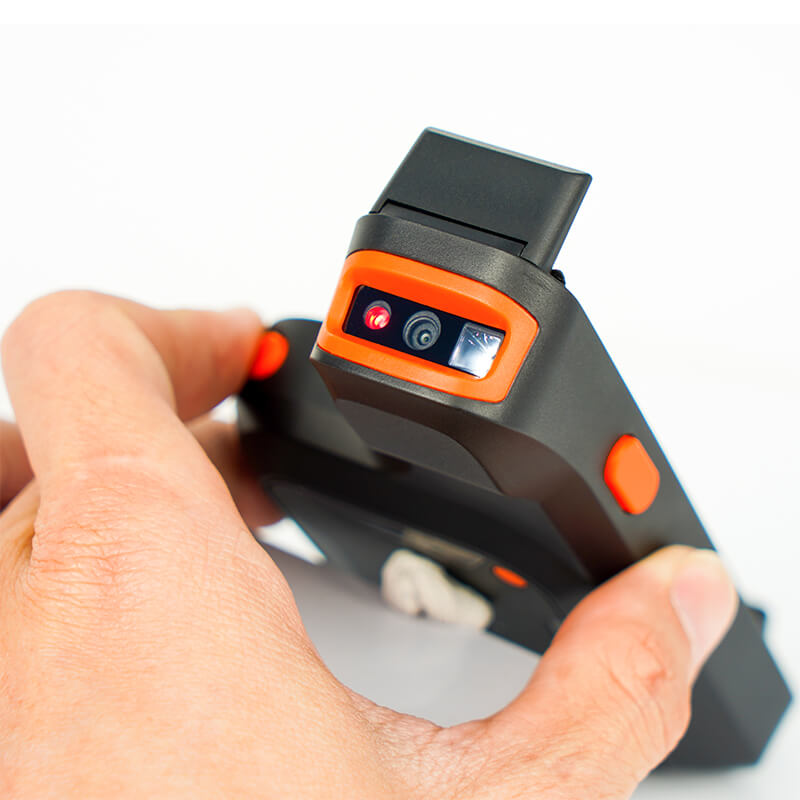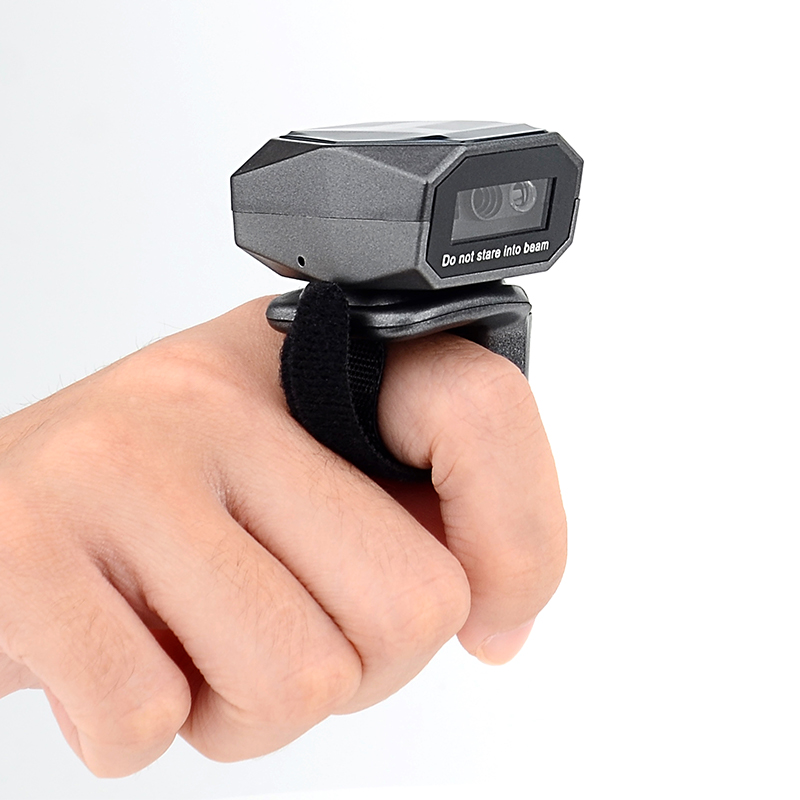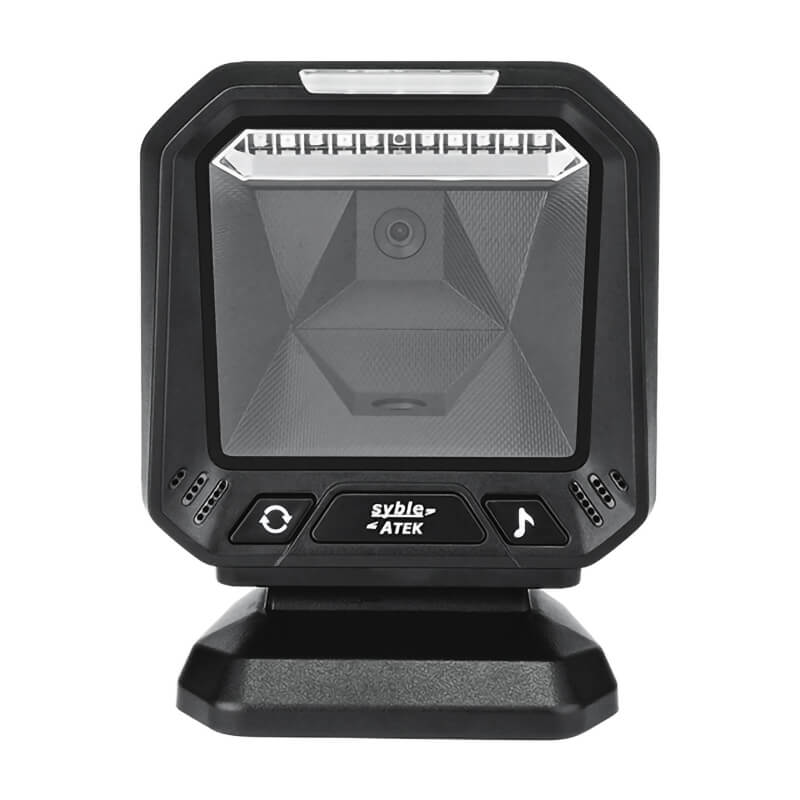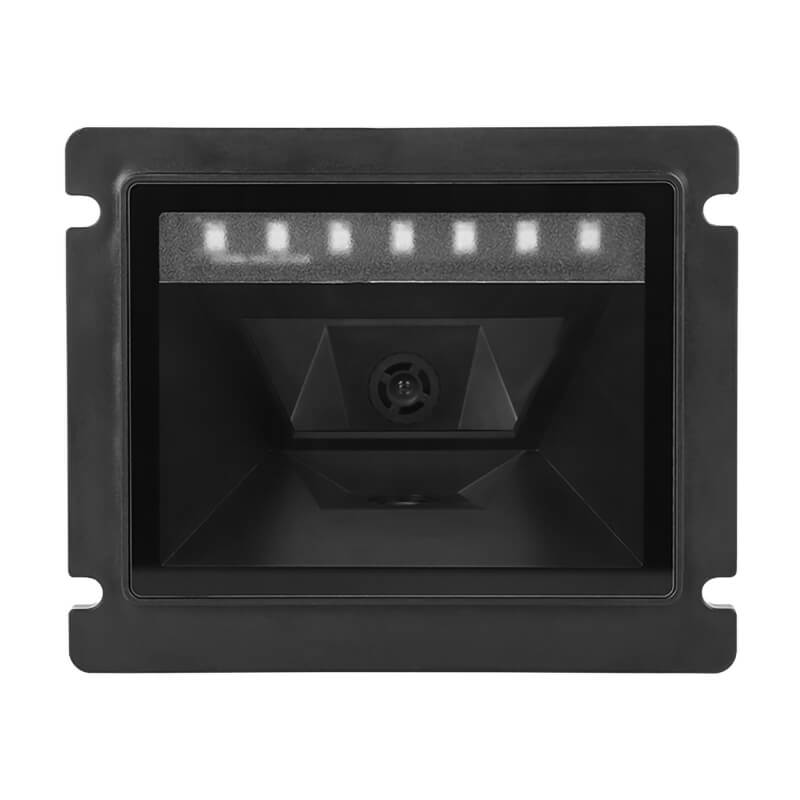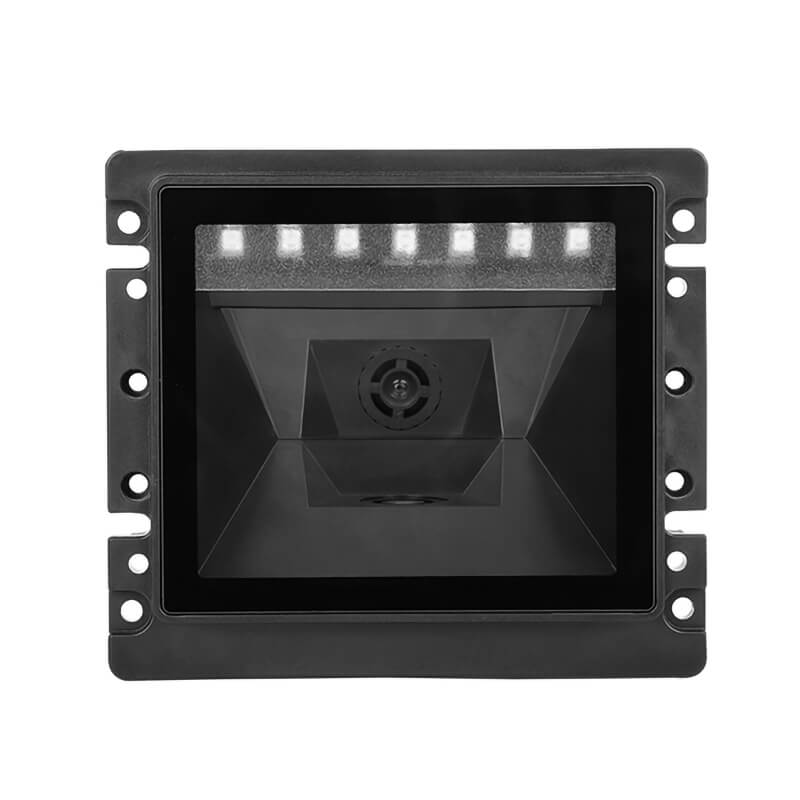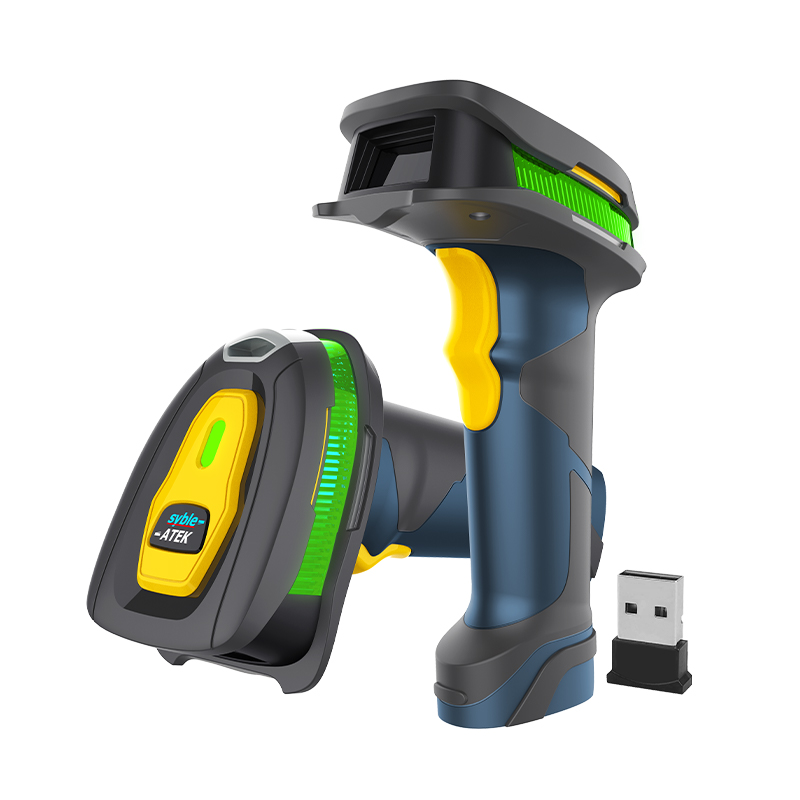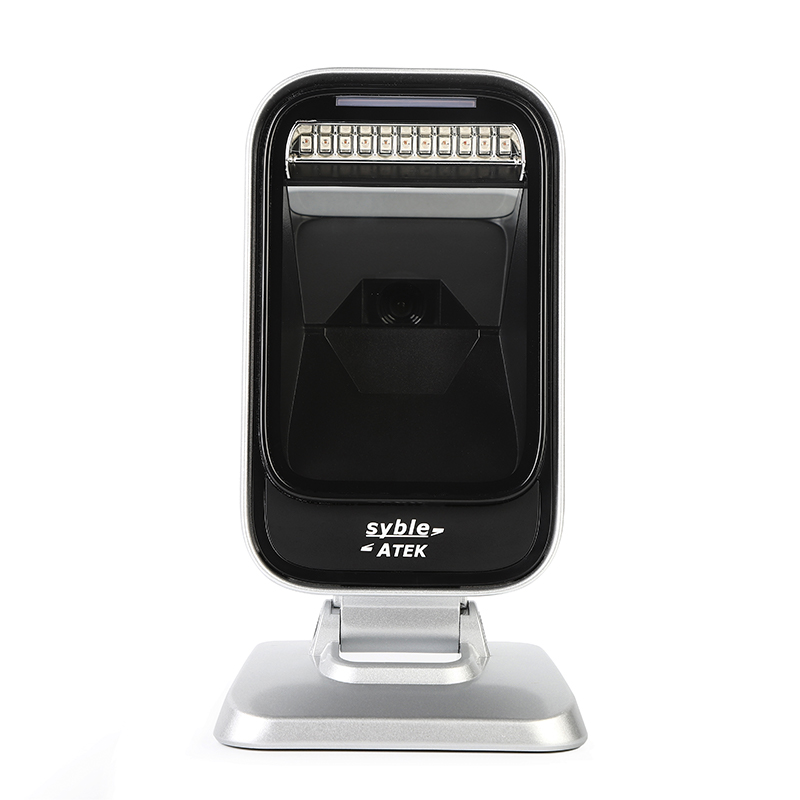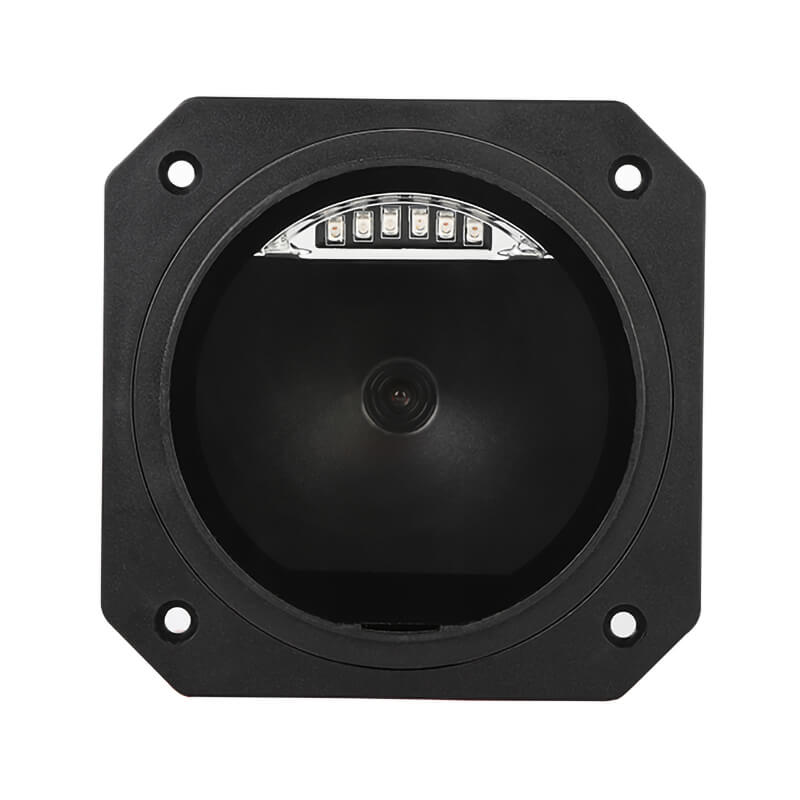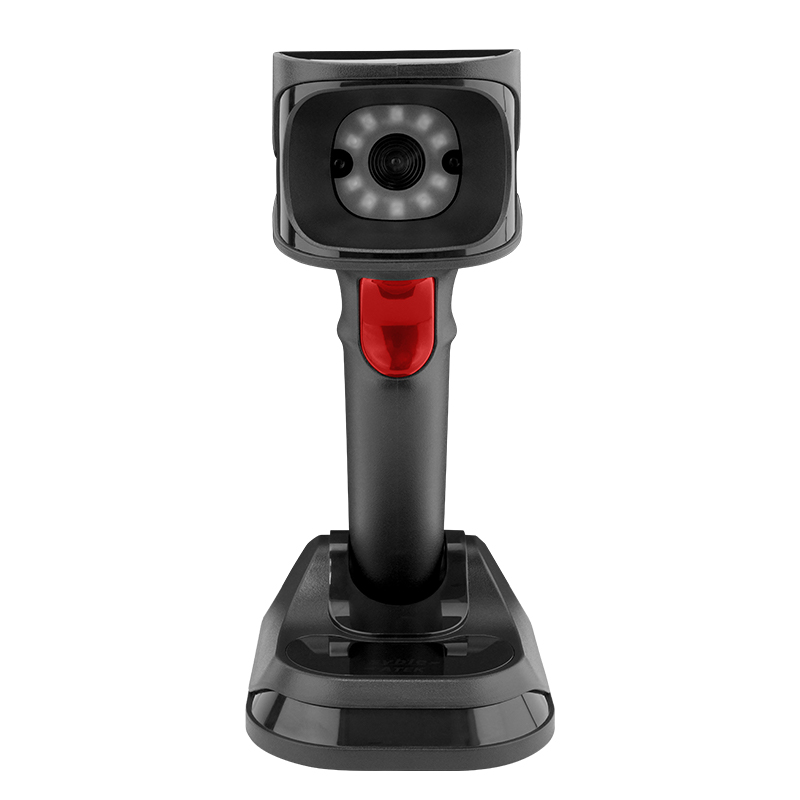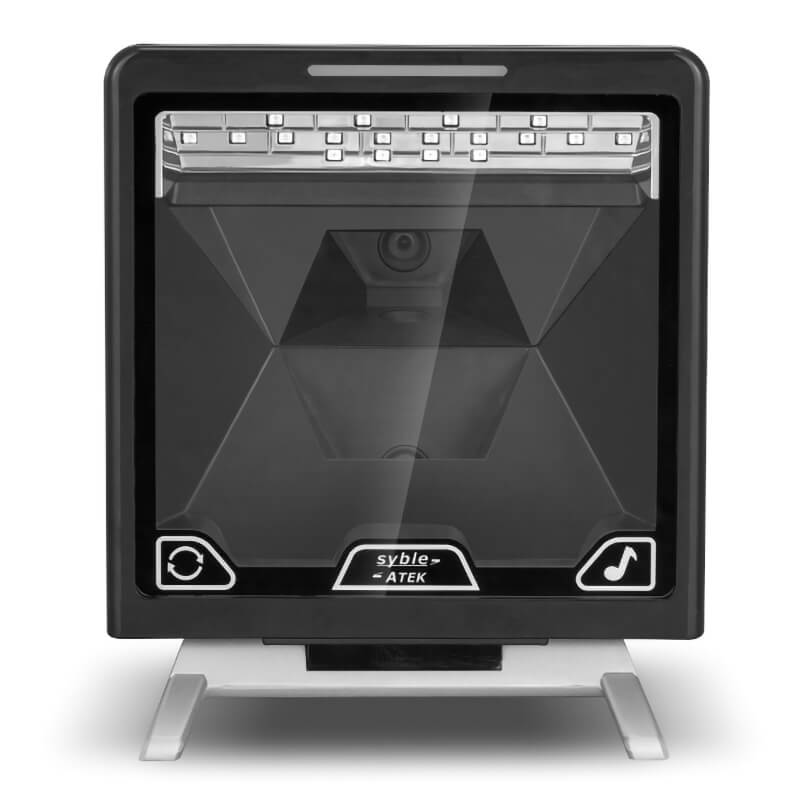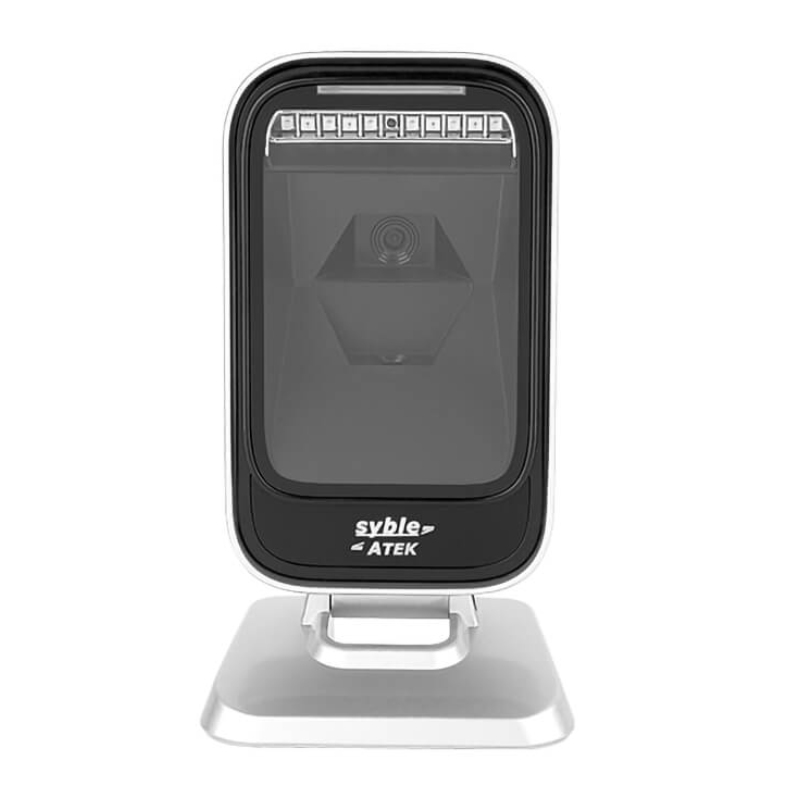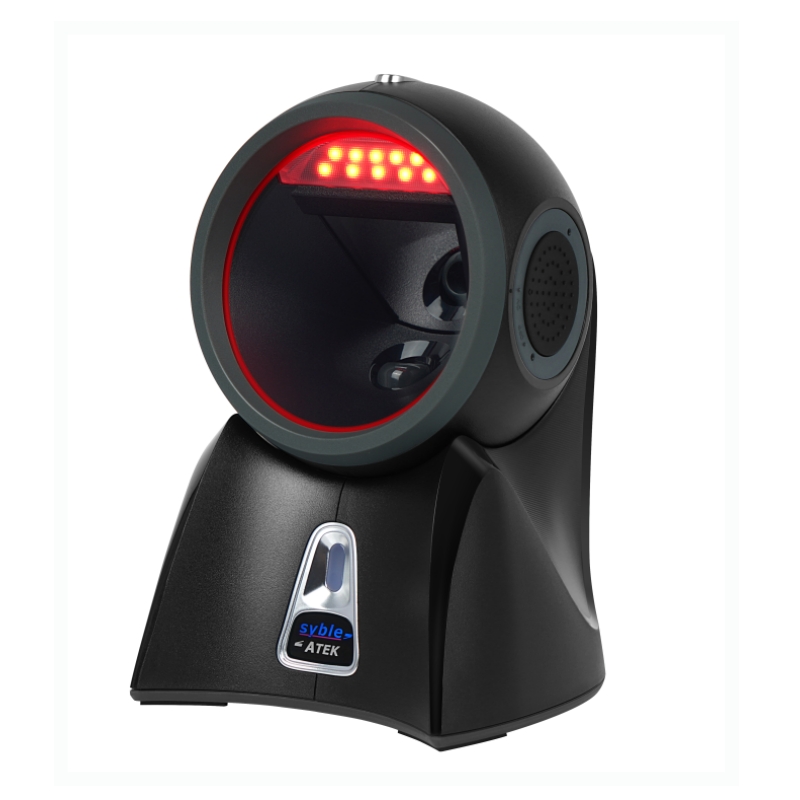A barcode scanner's memory function refers to its ability to store scanned barcode data internally before transmitting it to a connected device (e.g., computer, POS system, or inventory software). Here’s how it works:
1.Temporary Storage – Some scanners have a buffer memory that holds data temporarily (e.g., during intermittent connection loss) and releases it once communication is restored.
2.Batch Mode – Advanced scanners (like handheld or portable models) can store large volumes of scans in internal memory or an SD card, allowing offline use. Data is uploaded later via USB, Bluetooth, or Wi-Fi.
3.Standalone Operation – In industrial or warehouse settings, scanners may log scans directly to an internal database for synchronization with central systems at scheduled intervals.
Key Benefits:
Ensures data integrity if connections fail.
Enables fieldwork without real-time links to a host system.
Supports bulk data transfer for efficiency.
Example: A warehouse worker scans hundreds of items offline; the scanner saves all barcodes until syncing with the inventory management system.

